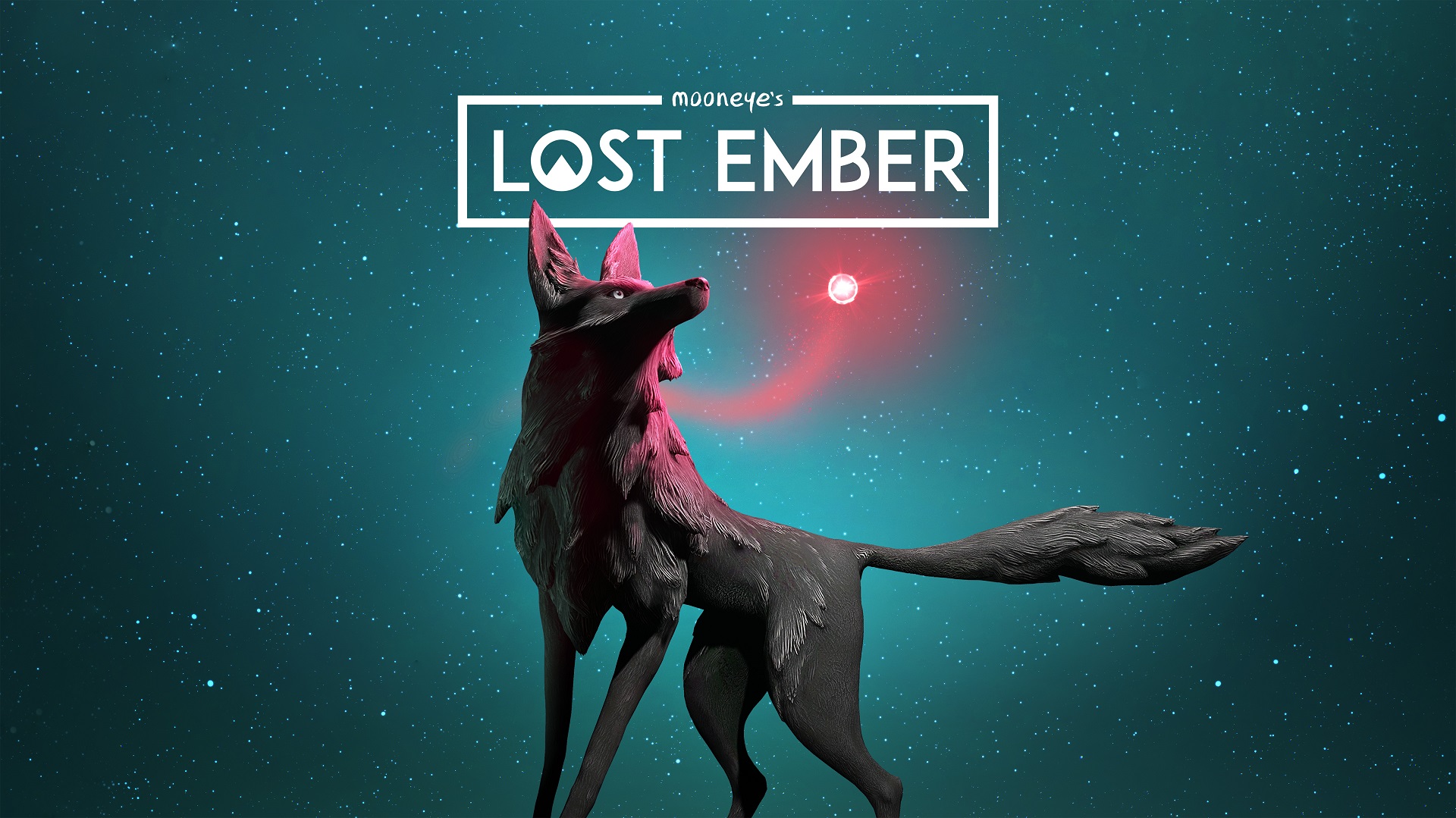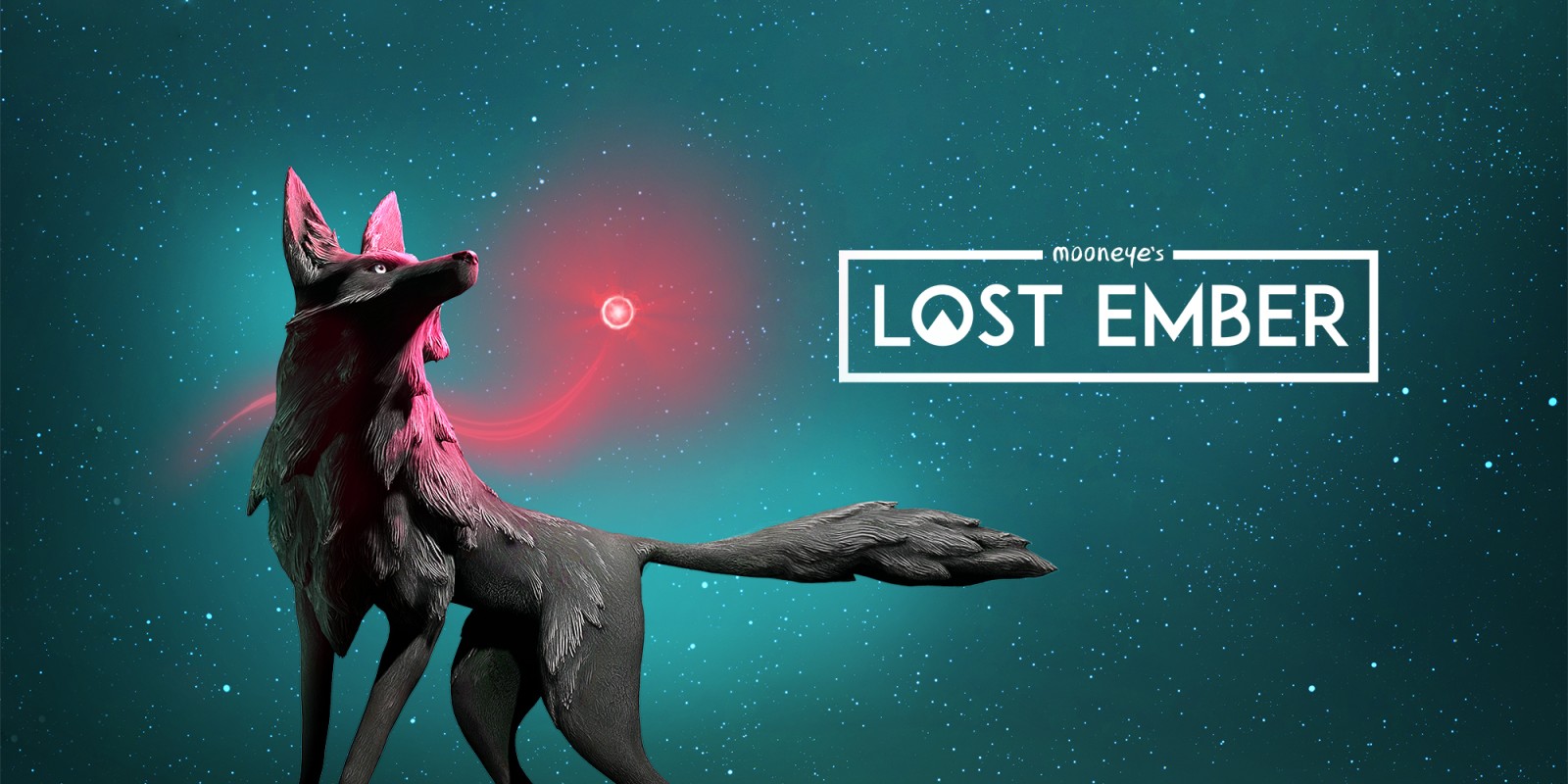

In addition, most of these animals have extra silly things you can do while you embody them that have nothing to do with continuing the game. These are just some of the animals you need to control in order to make progress. Roll through caves as a wombat, soar through the air as a bird, climb over snowy peaks like a mountain goat, or swim with the currents as a fish. Lost Ember revolves around giving your wolf the ability to transfer your spirit into any other creature and control them.

Thanks to the presentation, the gameplay becomes more engaging. It likely would be more impactful if Mooneye let the player interpret their own story from the game instead. One has to wonder if his commentary is even necessary to relay the story. The voice acting from your Lost Ember isn't all that great, though. The powerful score poignantly highlights key moments in the game as well. The flapping and chirps of different birds, the trumpeting and stomps of herds of elephants, and the howling and yelps of your wolf convincingly place you among animals and their environments.

The ambiance and sounds of animals are particularly noteworthy. Mooneye pays just about as much attention to the sound design and, in some ways, it is even stronger than the visuals. Unfortunately, these graphics come at a cost to performance, as frame rate drops and stuttering was quite common for me, particularly when transitioning to new sections. You can even trigger a slow-motion button at any time to further highlight the beauty. Whether you're rushing through jungles, following a herd of bison through a dust storm, or climbing snow-peaked mountains, there are plenty of opportunities to stop and absorb the scenery. The game uses a stylized visual that fits well with the tone and at times feels like a moving painting. The different animals you come across are as visually appealing they look charming and animate convincingly. The quest has you journeying across different environments that come to life thanks to the strong art style and Mooneye's use of the Unreal Engine. Through the seven chapters - which can take less than five hours to complete - you travel from marker to marker to initiate memories, but it's the serene moments between these memories where Lost Ember is at its best. Like Journey, though, the end isn't necessarily as important as the way you get there. The story is well told and initially interesting but becomes predictable towards the end. When initiated, these flashbacks detail a revolution during the reign of an ancient civilization through ember-like silhouettes. The story is primarily told through flashbacks that play when you reach markers in the form of red smoke. Early on, you meet a flying orb - a Lost Ember - who acts as your guide and companion as you both unravel the mystery of why neither of you have made it to the City of Light in the afterlife and try to make your way there. In Lost Ember, players lead a spirit that has been reincarnated as a wolf in a third-person narrative adventure. Mooneye Studios clearly takes inspiration from Journey with their first release Lost Ember, and even though they may not reach the staggering heights of their inspiration, they certainly deserve praise for their efforts. With terrific environmental narrative, engrossing art style, and captivating sound design, Thatgamecompany's magnum opus remains unmatched in many ways.

With the critical success of Thatgamecompany's Journey back in 2012, it's a shame more games aren't following the same path. By Chinh Tran, posted on 24 December 2019 / 4,374 Views


 0 kommentar(er)
0 kommentar(er)
